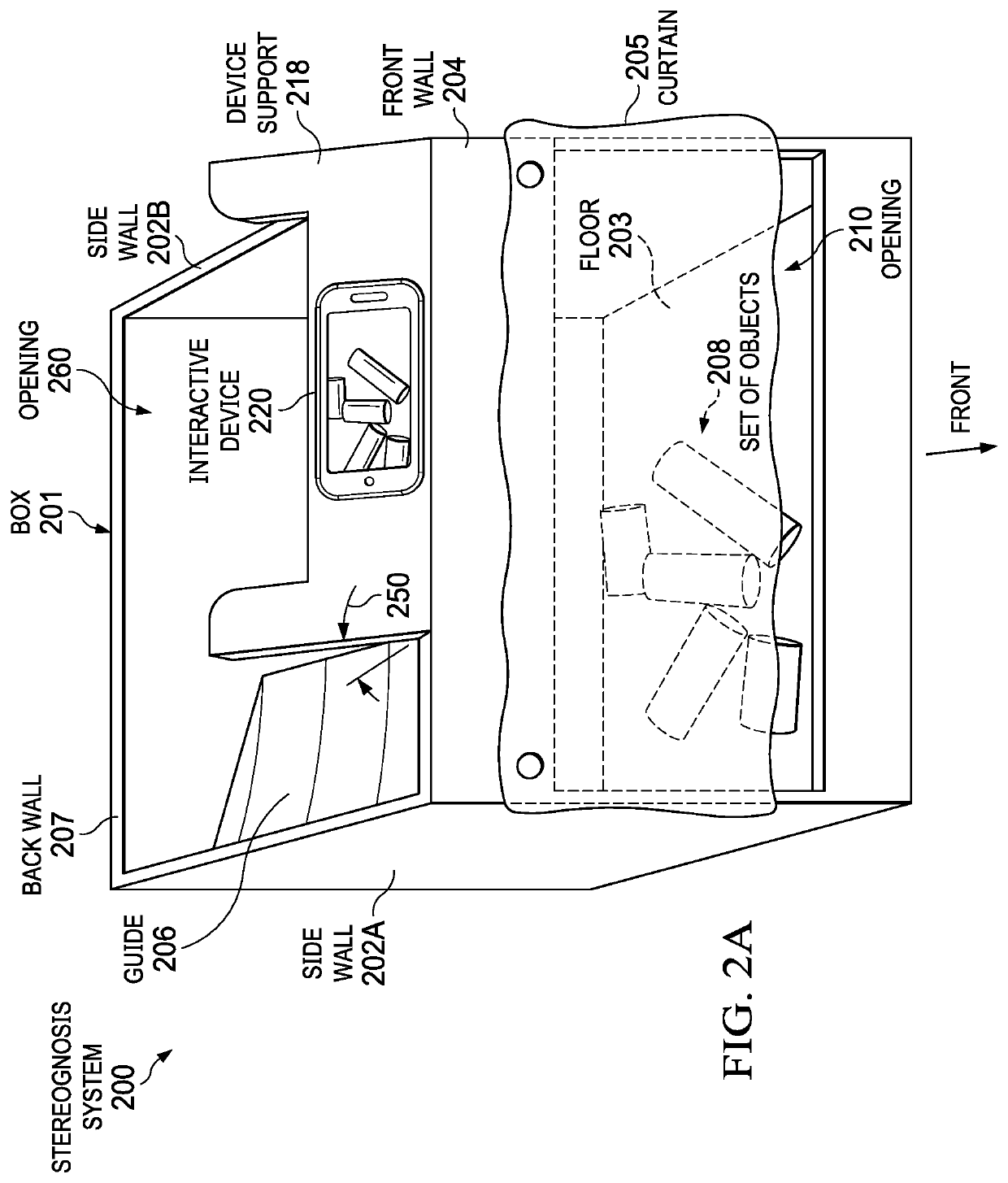Stereognosis training system and method for patients with chronic stroke, spinal cord injury or neuropathy
a training system and patient technology, applied in the field of peripheral nerve damage rehabilitation systems and methods, can solve problems such as loss of motor control and paresthesia, chronic problems, and inability to fully account for dysfunction by denervation alone, and achieve the effect of restoring tactile sensory function
- Summary
- Abstract
- Description
- Claims
- Application Information
AI Technical Summary
Benefits of technology
Problems solved by technology
Method used
Image
Examples
example 1
[0196]This example is based on experimental results from laboratory rats that show reversal of pathological plasticity restores sensory function after nerve injury. The results also show reversal of pathological plasticity is necessary to restore sensory function after nerve injury.
[0197]CL-VNS provides precisely-timed release of neuromodulators, including acetylcholine, during rehabilitation. Rats underwent complete transection and repair of the median and ulnar nerves in the right forelimb. After six weeks to allow reinnervation to occur, short bursts of vagus nerve stimulation were delivered coincident with forelimb rehabilitative training (CL-VNS). Two control groups that either decoupled VNS from rehabilitation or depleted acetylcholine in the brain were included to control for VNS effects independent of central plasticity, including potential effects on reinnervation. The examples described below show that CL-VNS reversed the maladaptive central reorganization resulting from n...
example 2
[0204]This second example is based on experimental results from human patients. To quantify stereognosis scoring using the various stereognosis object sets, discrimination of different stereognosis object sets are benchmarked versus standard assessments such as Fugl-Meyer upper extremity scale (UEFM), Action Research Arm Test (ARAT), Wolf Motor Function Test (WMFT), Stroke Impact Scale (SIS), Box and Block test, 9-hole peg test, grip and pinch force, two-point discrimination, tactile threshold, and proprioception.
[0205]Referring then to FIGS. 16A and 16B, the experimental setup will be described. FIG. 16A is a top view from the camera of an experiment in process. As can be seen, patient's hand 310 is reaching through curtain 311 and toward objects 320, 330 and 340. The objects in this object set correspond to object set 819. Similarly, FIG. 16B shows a cutaway side view of the apparatus used for this experiment. Patient's hand 310 can be seen reaching toward objects 330 and 340. Tab...
example 3
[0212]This third example is based on experimental results from human patients. FIGS. 19A, 19C, 19E and 19G show performance as measured by success rate on sets of all difficulties from each object type. The object sets can be seen to correspond to these of FIG. 8A. Success rate is an aggregated version of the search time indicating the number of successful retrievals per minute of search time. This can be termed object selection rate. It can be used to describe performance in a single session or performance overall. In each figure blue (the taller bar graph of each of the three pairs in a given figure) indicates control subjects (n=4), and red (the shorter bar graph of each of the 3 pairs in a given figure) indicates impaired subjects (n=9).
[0213]Of note, FIG. 19C shows that success rate (object selection rate) for texture for the impaired group 1910 did not go down with the progression from easy to medium to hard as it did with the other 3 object types. This is an advantageous unex...
PUM
 Login to View More
Login to View More Abstract
Description
Claims
Application Information
 Login to View More
Login to View More - R&D
- Intellectual Property
- Life Sciences
- Materials
- Tech Scout
- Unparalleled Data Quality
- Higher Quality Content
- 60% Fewer Hallucinations
Browse by: Latest US Patents, China's latest patents, Technical Efficacy Thesaurus, Application Domain, Technology Topic, Popular Technical Reports.
© 2025 PatSnap. All rights reserved.Legal|Privacy policy|Modern Slavery Act Transparency Statement|Sitemap|About US| Contact US: help@patsnap.com



